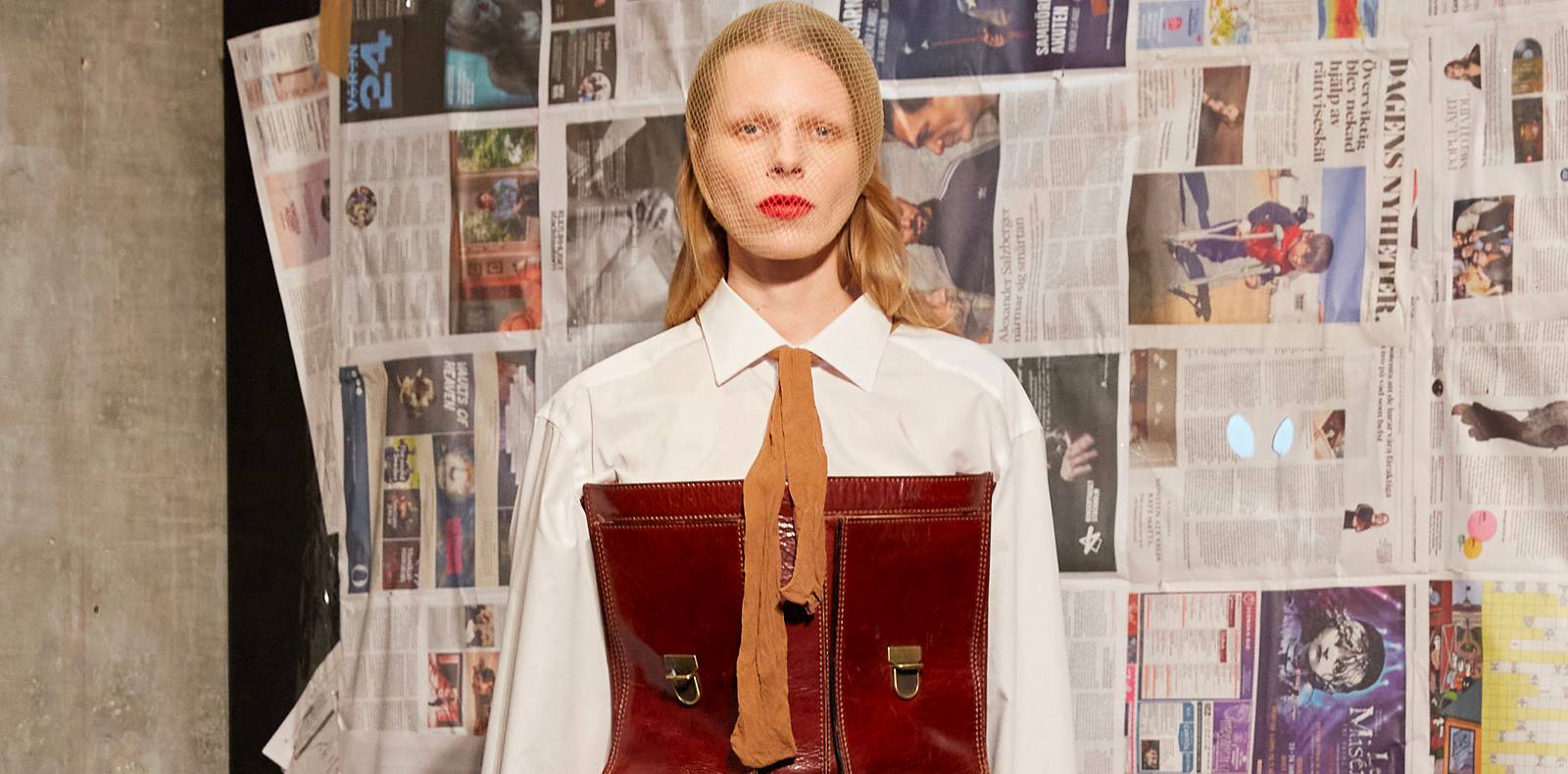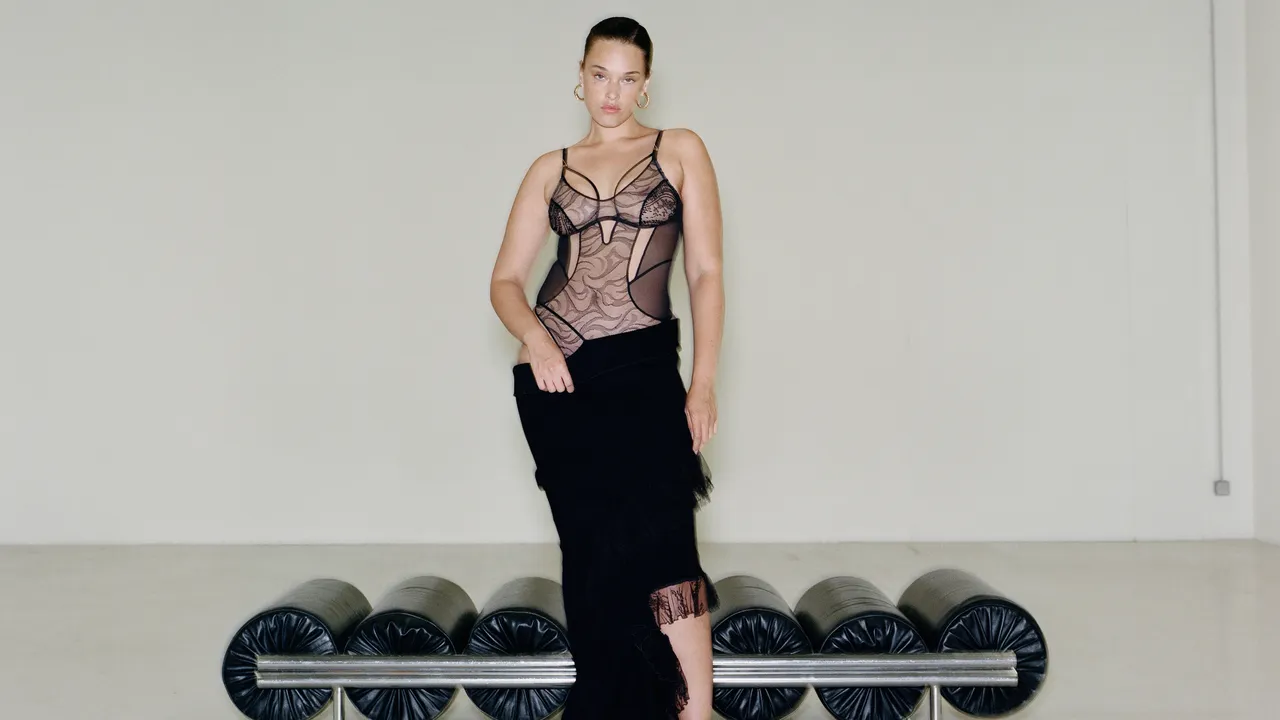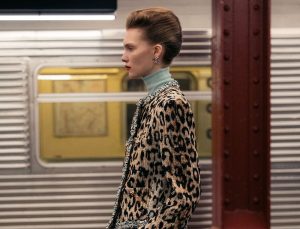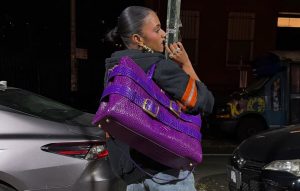Long confined to school uniforms and corporate meetings, the tie is enjoying a second life: cooler and more offbeat than ever. Today, this accessory finds its place in hybrid wardrobes, at the crossroads of tailoring, streetwear, and couture experimentation. A look back at an item that transcends eras and genders.
The tie has long been inseparable from the classic male uniform. As a central element of the suit, it has embodied a certain notion of seriousness and power since the 19th century. In professional circles, it has become an almost unshakable code, a symbol of discipline and conformity. Wearing a tie has traditionally signaled respect for a formal or hierarchical setting. But even before this modern codification, the tie was already a social marker: an accessory worn by the elite, symbolizing both distinction and a sense of belonging to a particular class.
A first, subtle revolution
Though the foundations of the tie, long resisted change, certain cultural movements began to challenge its traditional uses. In the 1960s, under the influence of hippie and punk countercultures, the tie was reinvented: it became wide, colorful, even printed with eccentric patterns a bold way to express individuality while reclaiming an accessory once bound by rigid codes. The 1980s saw a strong comeback of the tie, especially in professional settings, but with a taste for extravagance: wider cuts, vivid colors. A way to conform yet inject personality. Still, these early rebellions pale in comparison to the radical reinterpretations emerging from today’s young creative scene.
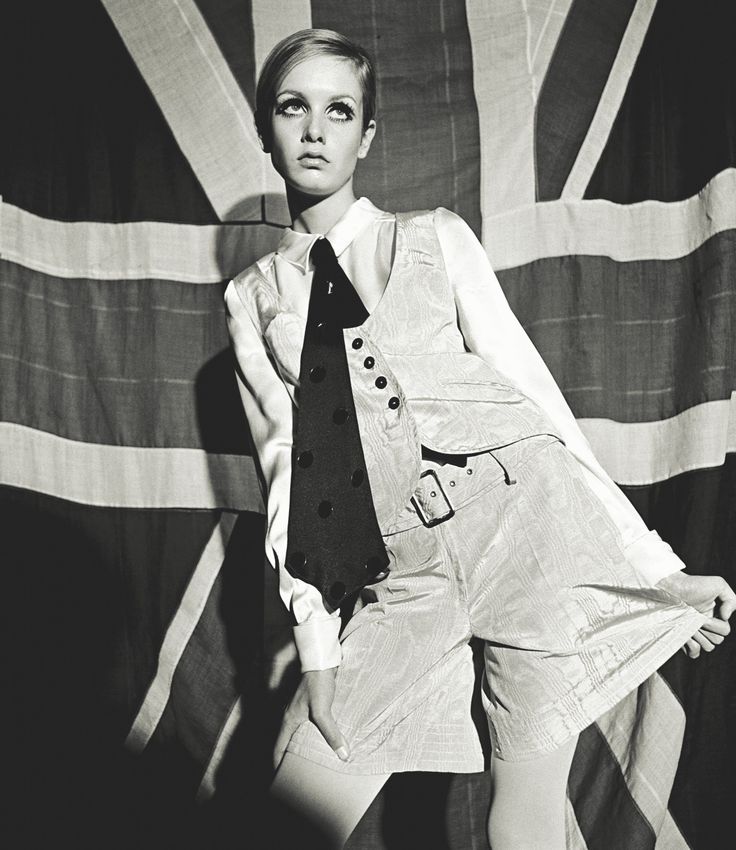
But what about the women?
Though long considered a male prerogative, the tie has been challenged early on by certain trailblazing women. As early as the 1930s, actress Marlene Dietrich used it as a tool of provocation, always with impeccable elegance. But it was in the 1970s that the tie truly became a symbol of emancipation, notably through the silhouettes crafted by Yves Saint Laurent and his iconic women’s tuxedo. It became a statement of equality and female power, worn with both intention and allure.
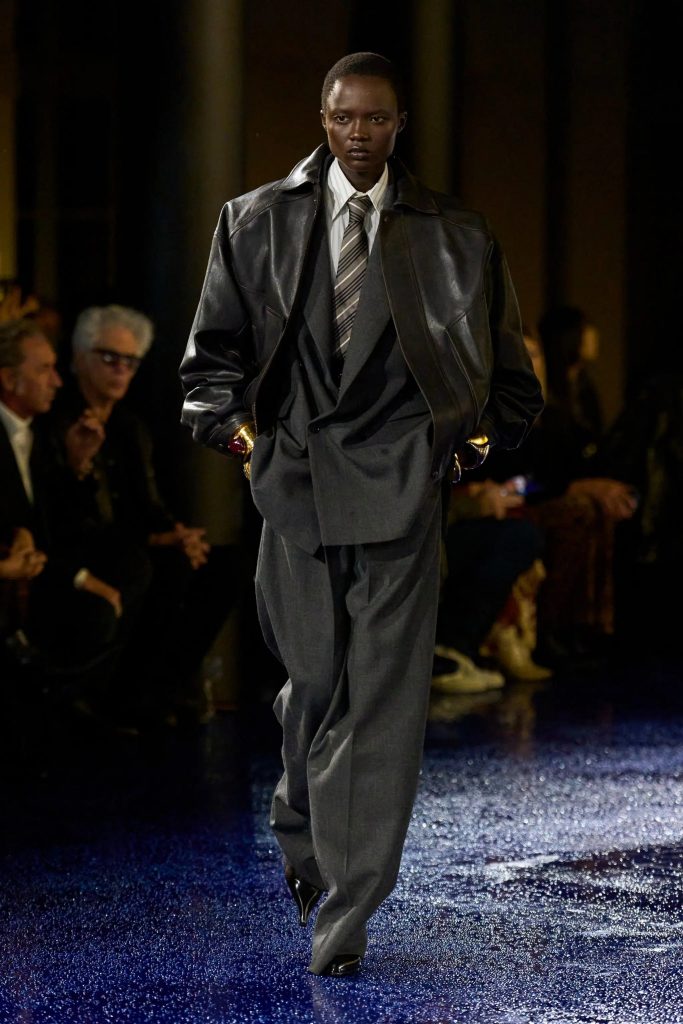
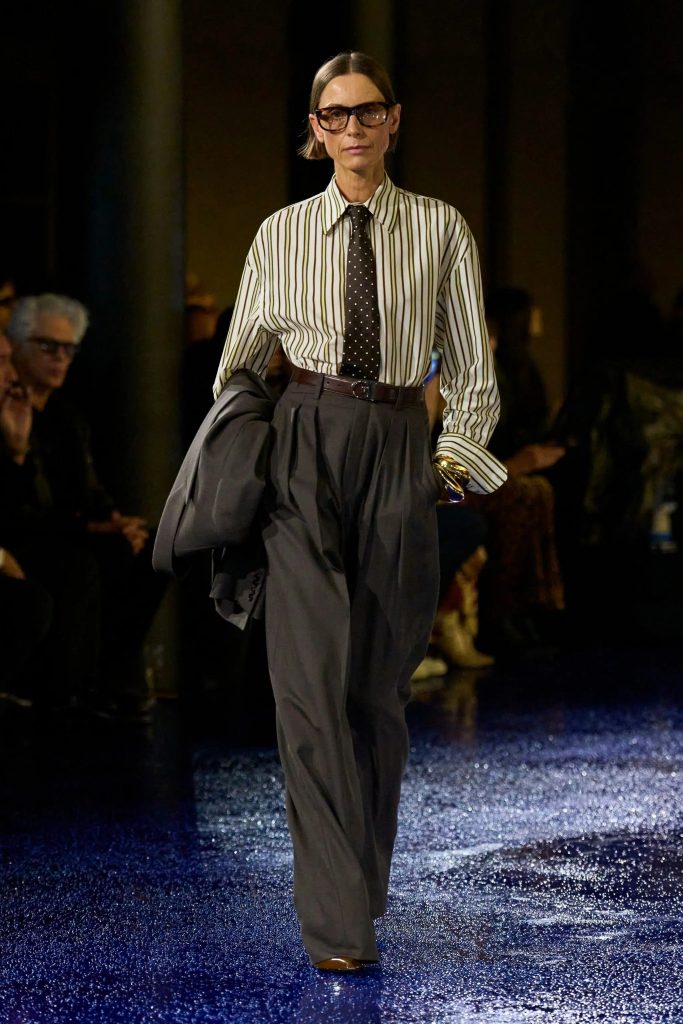
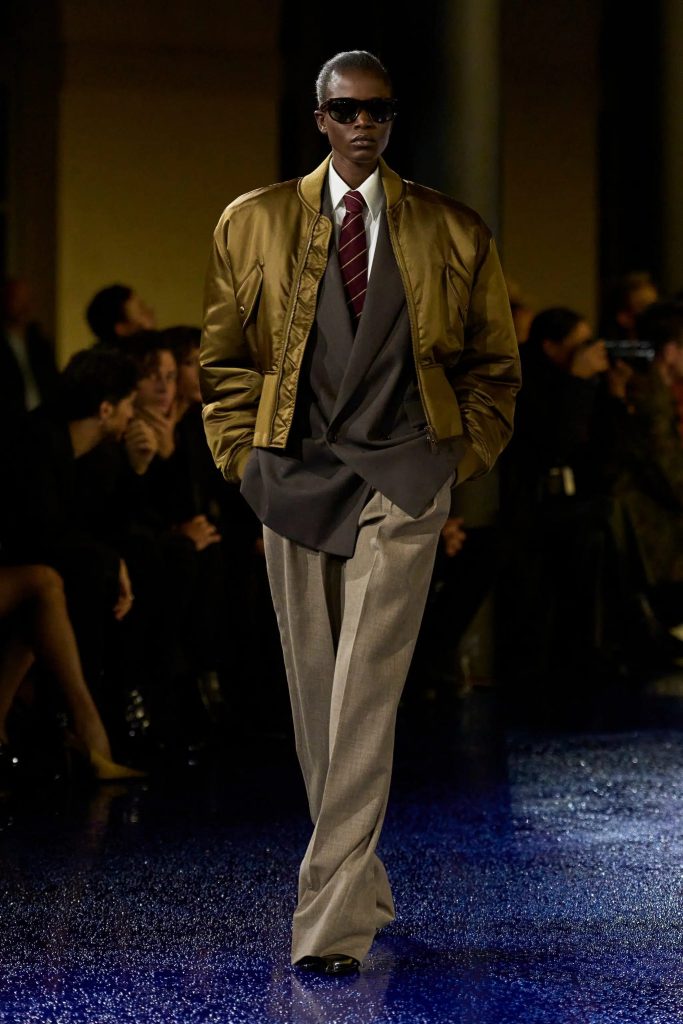
Today, the tie is making a strong comeback thanks to the office wear trend seen again at Saint Laurent (Fall/Winter 2025), where it complements oversized suits borrowed from the men’s wardrobe without losing an ounce of elegance. The suit-and-tie combo has become a new uniform of power and style, worn with just as much authority by women.
Many public figures have embraced the tie on the red carpet. Restrictive evening gowns are now in the past, while the suit and tie take center stage, offering greater freedom of movement and the effortless elegance of putting ones hands in pockets. Worn with heels for a playful twist or directly against bare skin, the tie becomes a bold statement of independence and confidence.
Breaking with tradition
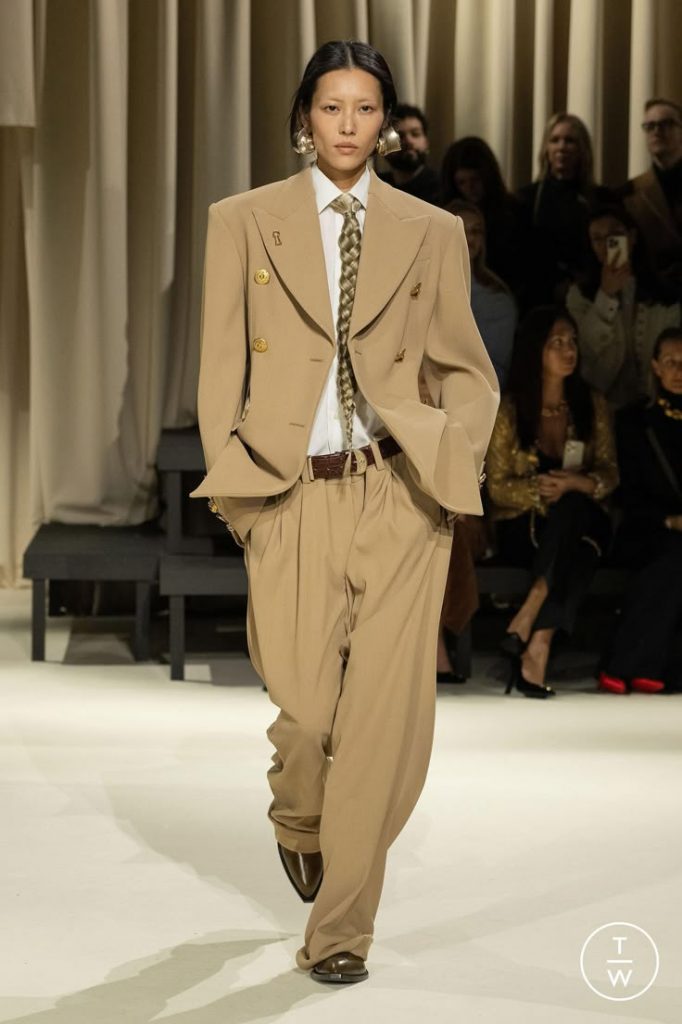
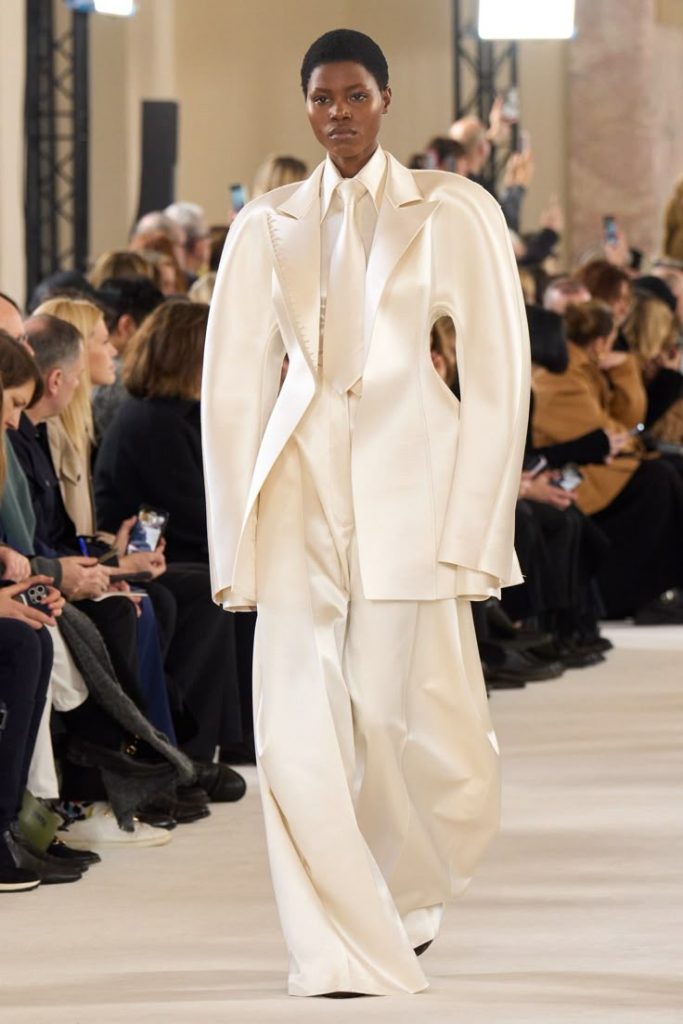
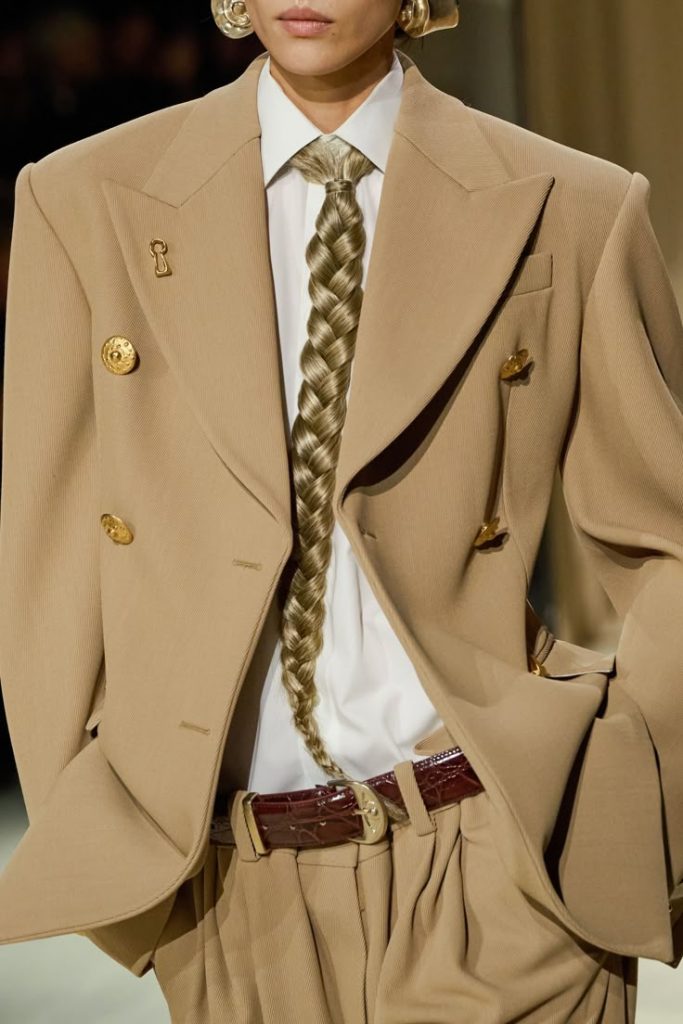
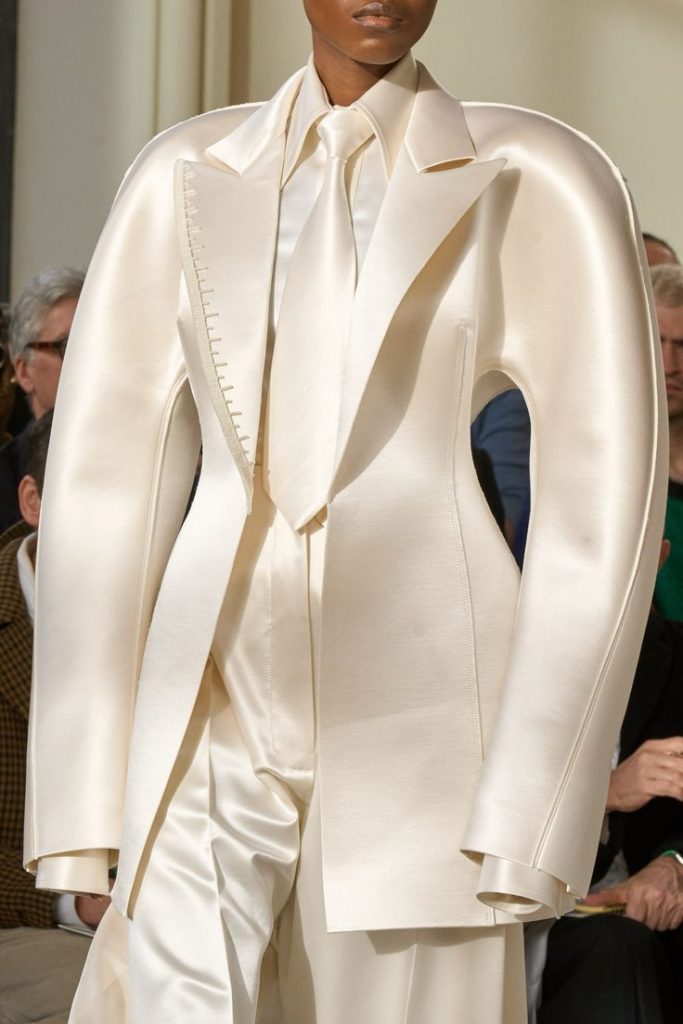
Freed from its traditional constraints, the tie is being reinvented through alternative fashion and streetwear. It now appears in relaxed looks paired with hoodies, jeans, oversized blazers, turning into a playful nod, a statement that blurs boundaries. Some emerging brands reinterpret it with humor or poetry: in crochet, flowing silk, even deconstructed, re-stitched, or created with unexpected materials. Today, the tie embodies a unisex, hybrid fashion, liberated from gender norms and its old-fashioned framework.
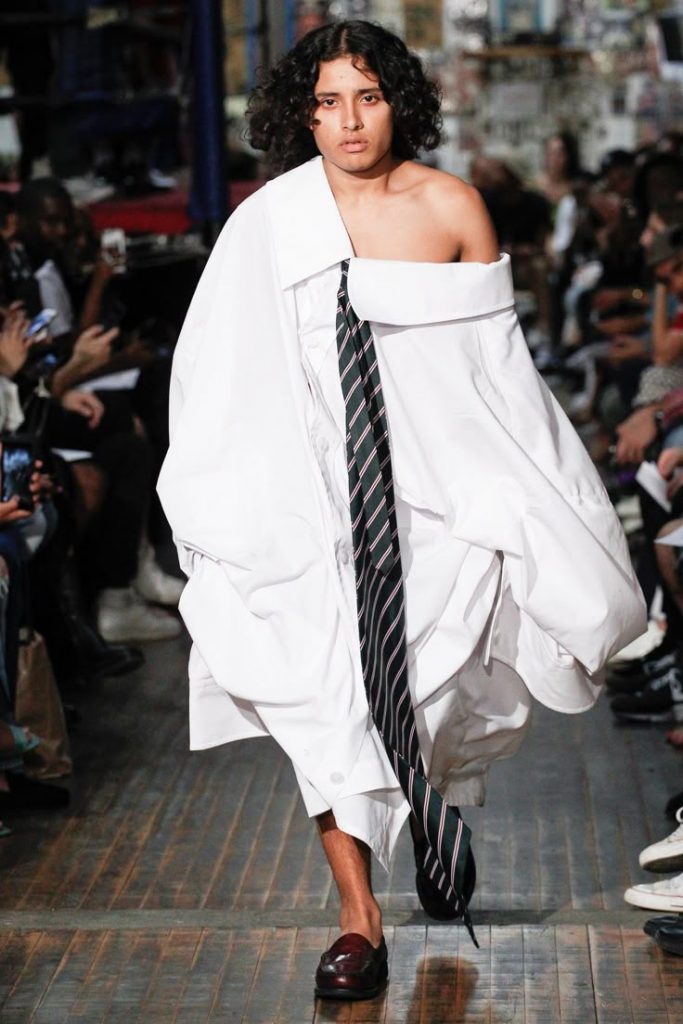
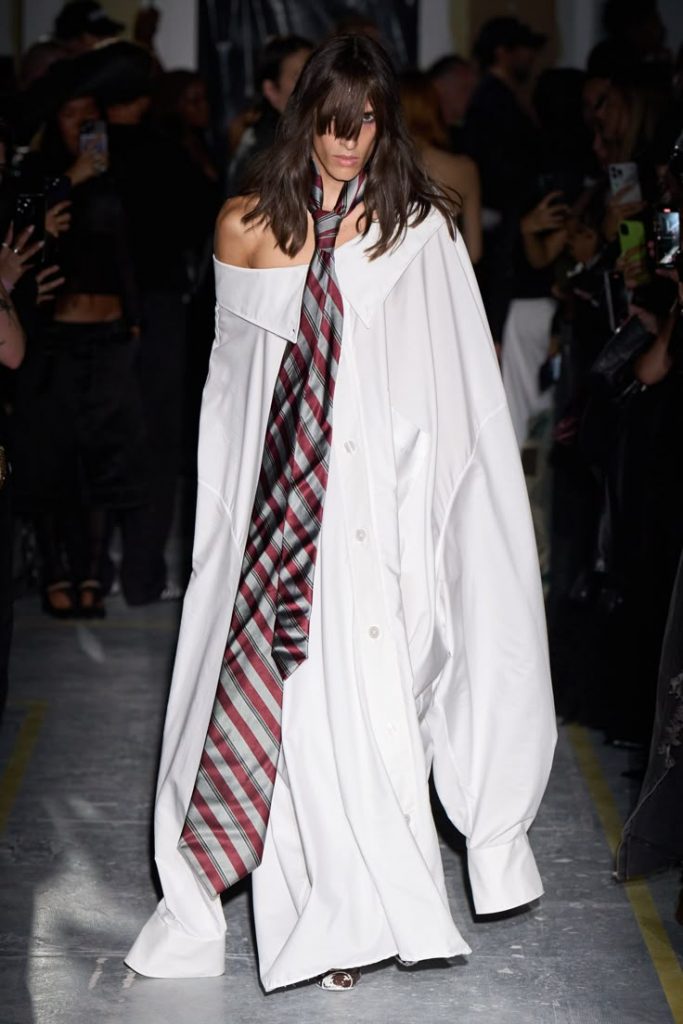
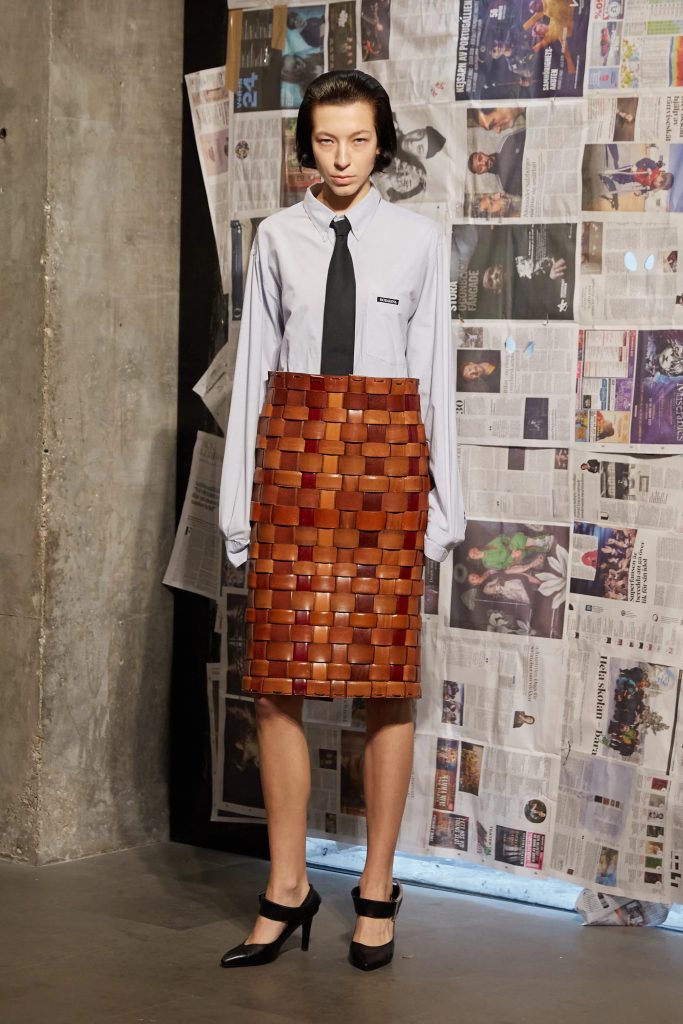
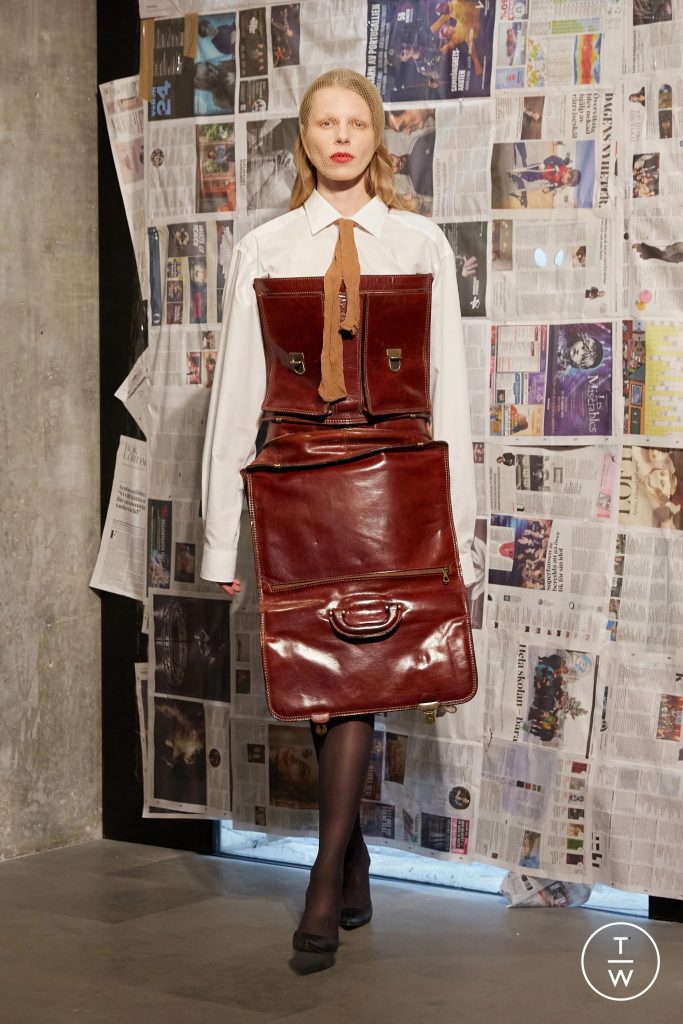
Designers have caught on: the tie is an accessory with immense potential. Major fashion houses are reimagining it in their own ways. At Gucci (Fall/Winter 25–26), it transforms into a piece of jewelry or works well with tonal layers. At Schiaparelli, Daniel Roseberry reinterprets it using strands of hair, equal parts surreal and provocative. This sophistication sits alongside rawer, but equally inventive reinterpretations from the new wave of creatives. At Hodakova (Fall 2024), the tie is crafted from stockings and paired with a sculptural dress made from a leather briefcase. Willy Chavarria lets his ties spill out from jackets buttoned to the top. Vaquera goes XXL, pairing an oversized tie with an equally oversized shirt. Meanwhile, Egonlab turns the tie into a long, polka-dot scarf.
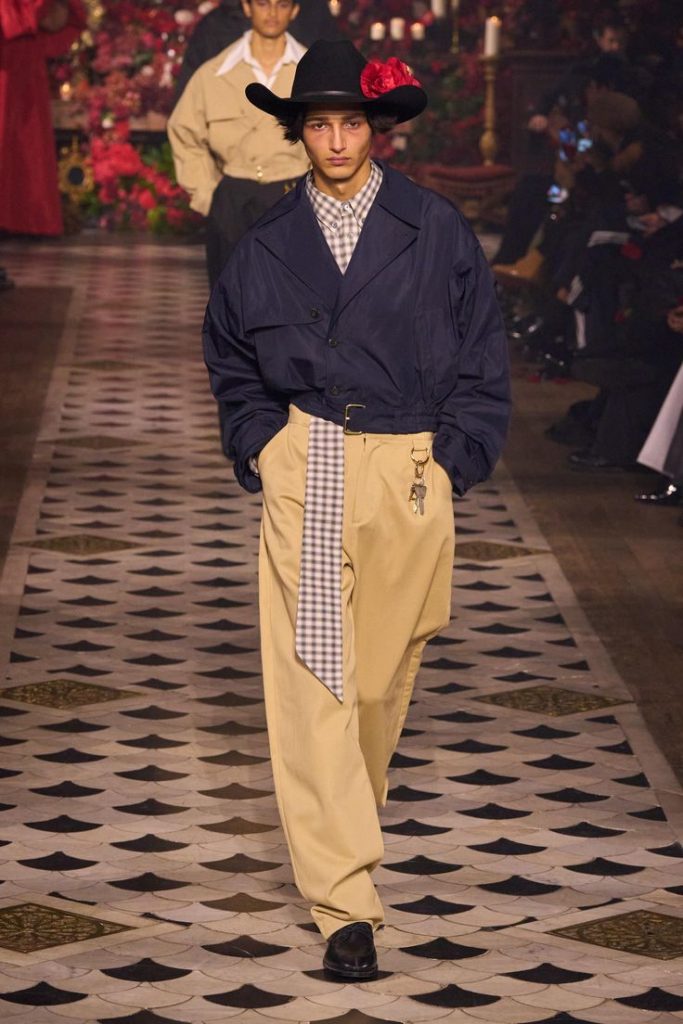
Once confined to a social function, the tie has broken free from its prescribed roles to become a true canvas for self-expression. No longer a symbol of conformity, it now embraces diverse, hybrid, and ever-evolving identities. Once an emblem of uniformity, it has turned into a bold banner of individuality.
Article de Julie Boone.


